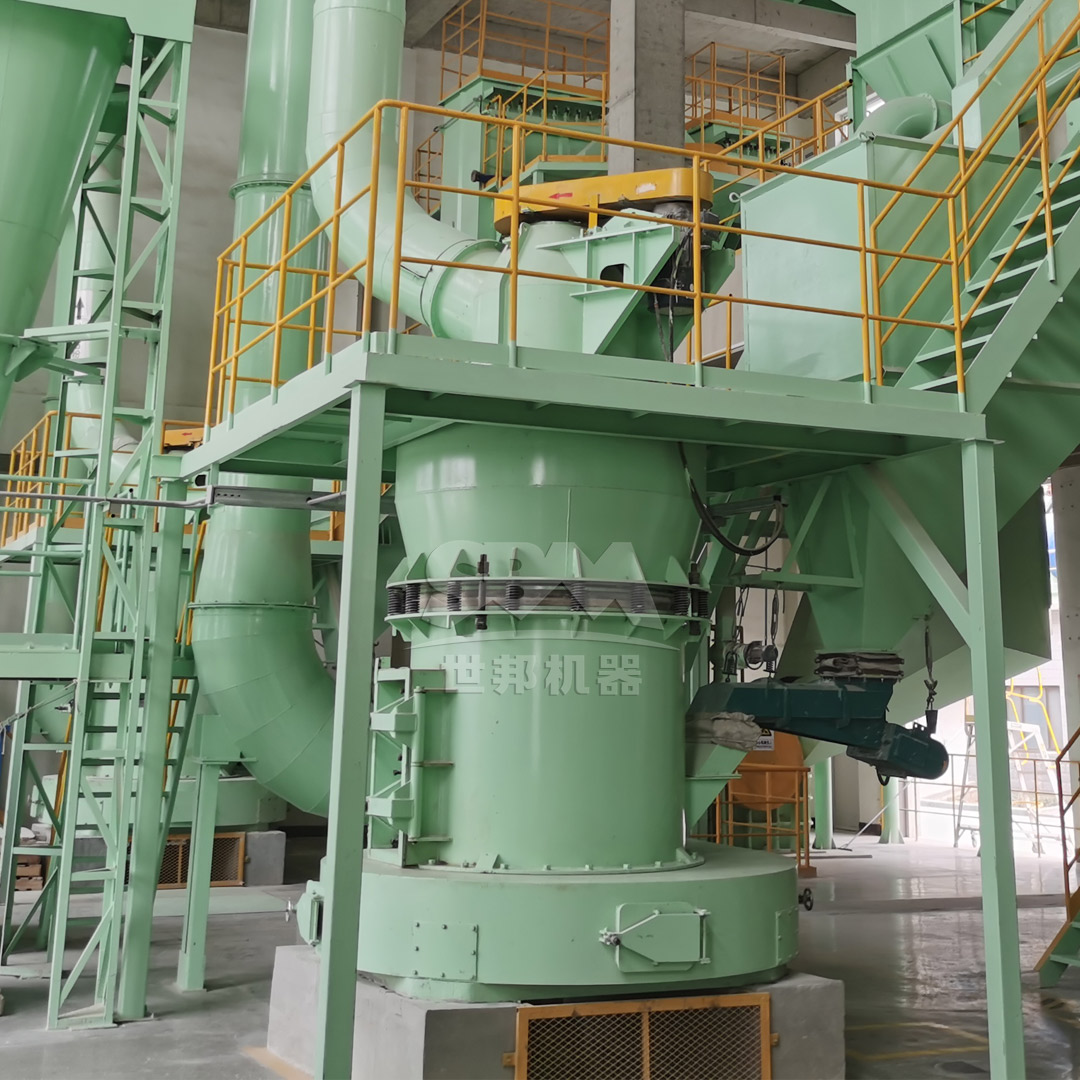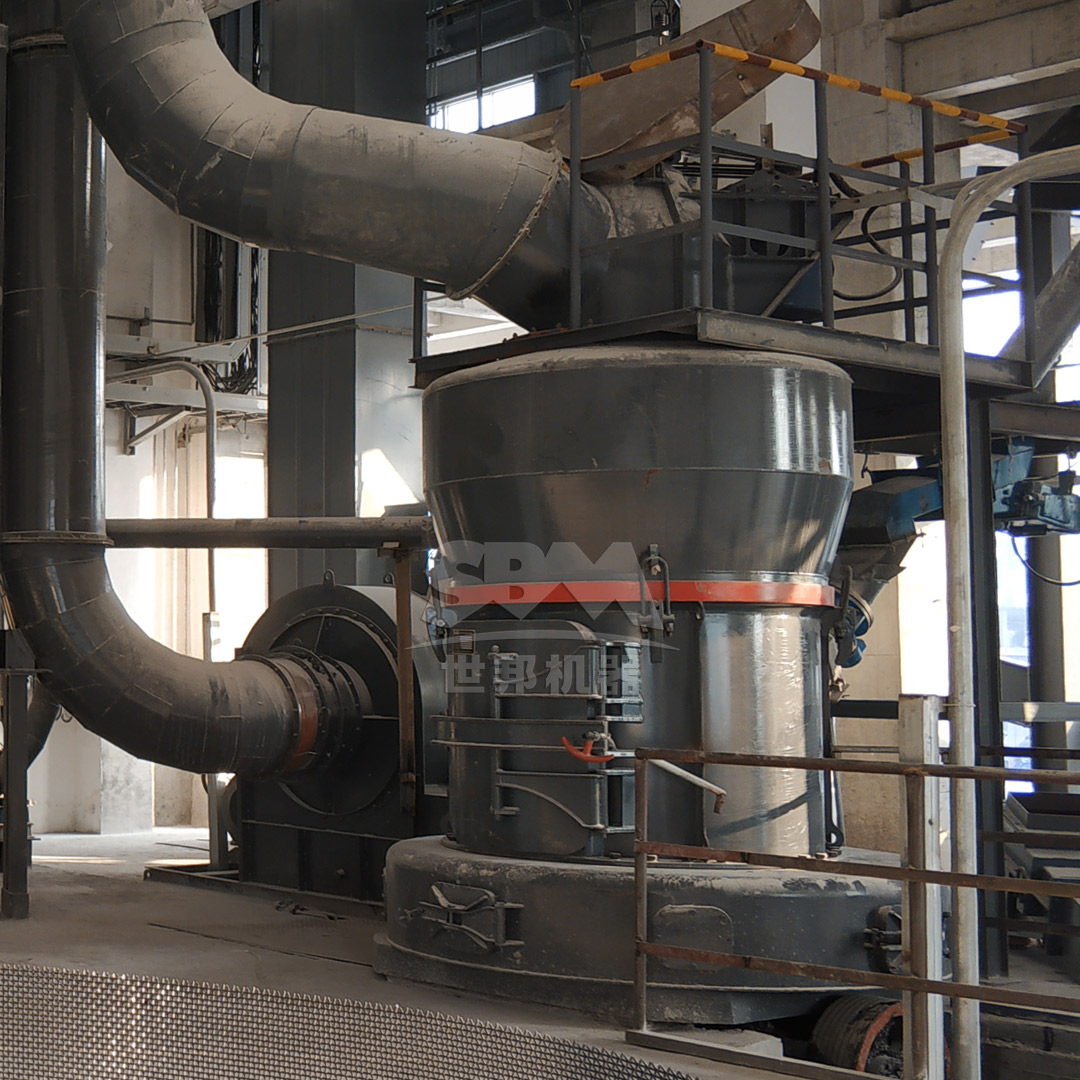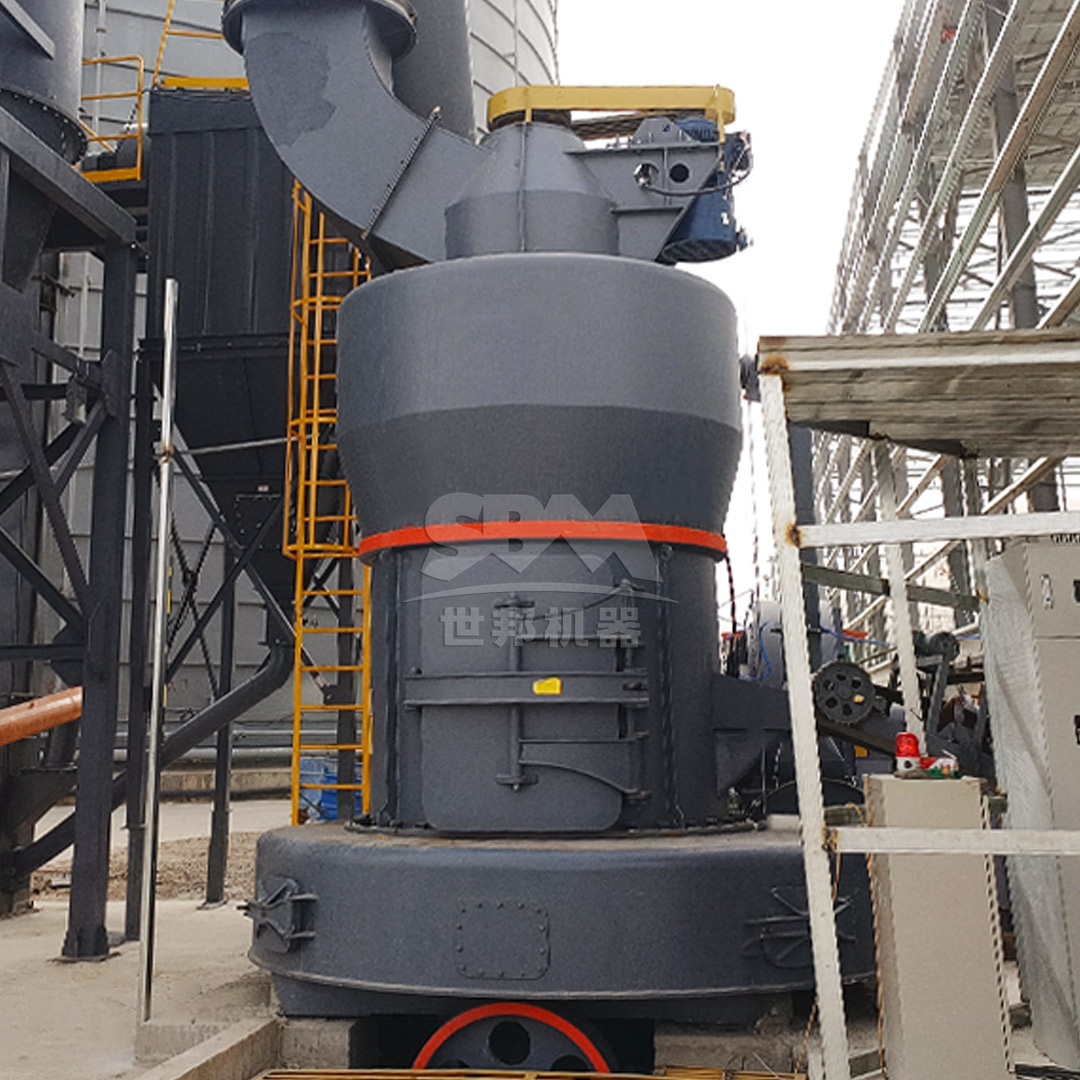The production of high-performance glass demands exceptionally fine and consistent quartz powder with precise particle size distribution. Selecting the right grinding mill is crucial for achieving the required material properties, operational efficiency, and cost-effectiveness in glass manufacturing. This comprehensive guide explores the key factors to consider when choosing a quartz superfine grinding mill, with a focus on the technical specifications that directly impact glass quality and production economics.

For high-performance glass applications, quartz powder must achieve consistent fineness typically ranging from 325 to 2500 mesh (D97 ≤ 5μm). The particle size distribution directly affects glass transparency, strength, and thermal properties. Narrow distribution curves ensure uniform melting behavior and minimize defects in the final glass product.
Quartz grinding equipment must prevent iron contamination and other metallic impurities that can discolor glass or create imperfections. The mill’s construction materials and grinding mechanism should ensure minimal wear and contamination during operation.
Grinding operations account for significant energy consumption in glass production. Modern mills should offer substantial energy savings compared to traditional grinding technologies while maintaining or improving output quality.
For the most demanding glass applications requiring superfine quartz powder (325-2500 mesh), ultrafine grinding mills represent the optimal solution. These systems combine precision grinding with advanced classification technology to achieve exceptional particle size control.
Among the available options, our SCM Ultrafine Mill stands out for quartz grinding applications. This mill delivers output fineness of 325-2500 mesh (D97 ≤ 5μm) with processing capacity ranging from 0.5 to 25 tons per hour depending on the specific model. The SCM series incorporates several technological advantages specifically beneficial for glass-grade quartz production:
| Model | Processing Capacity (ton/h) | Main Motor Power (kW) | Feed Size (mm) | Output Fineness (mesh) |
|---|---|---|---|---|
| SCM800 | 0.5-4.5 | 75 | 0-20 | 325-2500 |
| SCM900 | 0.8-6.5 | 90 | 0-20 | 325-2500 |
| SCM1000 | 1.0-8.5 | 132 | 0-20 | 325-2500 |
| SCM1250 | 2.5-14 | 185 | 0-20 | 325-2500 |
| SCM1680 | 5.0-25 | 315 | 0-20 | 325-2500 |
For applications requiring medium to fine quartz powder (30-325 mesh) with high throughput, vertical roller mills offer an excellent balance of efficiency and operational economy. Our LM Series Vertical Roller Mill provides versatile quartz grinding solutions with output fineness from 30-325 mesh (special models up to 600 mesh) and processing capacity from 3-250 tons per hour.
The LM series incorporates several features particularly advantageous for glass manufacturers:

The ability to precisely control and adjust output fineness is paramount for glass applications. Mills should offer flexible adjustment capabilities across the required particle size range without significant operational modifications. The target fineness for most high-performance glass applications falls between 325-2500 mesh, with specific requirements varying based on glass type and application.
Selecting a mill with appropriate capacity for your production requirements ensures optimal operational efficiency. Under-sized equipment creates production bottlenecks, while over-sized mills operate inefficiently at partial load. Carefully match the mill’s capacity range with your projected production volumes, considering potential future expansion.
Compare the specific energy consumption (kWh/ton) across different mill types and models. Modern grinding technology can reduce energy consumption by 30-50% compared to conventional systems, significantly impacting operational costs over the equipment lifecycle.
Evaluate the expected service life of critical wear components and the associated maintenance schedule. Advanced mills incorporate special hardened materials that extend component life multiple times, reducing downtime and maintenance costs. Consider the availability of spare parts and technical support when selecting equipment.
Consistent and controlled material feeding is essential for stable mill operation and product quality. Modern mills incorporate intelligent feed systems that automatically adjust to maintain optimal grinding conditions. Ensure your selected mill includes appropriate feeding equipment matched to your material characteristics and handling system.
Quartz grinding generates significant dust that must be effectively controlled to protect both product quality and workplace safety. Advanced pulse jet dust collection systems with efficiency exceeding 99.9% are essential for modern glass production facilities. Verify that the mill’s dust collection system meets or exceeds local environmental regulations.
Modern grinding mills incorporate sophisticated automation systems that monitor and control critical process parameters. Look for systems offering remote monitoring capabilities, automatic feedback control of product fineness, and comprehensive data logging for quality assurance and process optimization.

While advanced grinding technology may require higher initial investment, the operational cost savings typically deliver attractive return on investment. Consider the total cost of ownership, including energy consumption, maintenance, wear parts, and operational labor over the expected equipment lifespan.
Superior quartz powder quality directly translates to improved glass production efficiency and product quality. Consistent particle size distribution reduces melting time and energy consumption in glass furnaces while minimizing defects in the final product. The economic value of quality improvements should be factored into the equipment selection decision.
Select equipment that can accommodate future production increases either through modular expansion or operating parameter adjustments. Consider the manufacturer’s product range and the availability of larger capacity models should your production requirements grow.
A leading specialty glass manufacturer implemented our SCM1000 Ultrafine Mill for their quartz grinding operations, achieving remarkable results:
The implementation demonstrated that proper mill selection directly impacts both operational economics and final product quality in high-performance glass manufacturing.
Selecting the appropriate quartz superfine grinding mill requires careful consideration of technical specifications, operational requirements, and economic factors. For high-performance glass applications demanding ultra-fine quartz powder with precise particle size control, the SCM Ultrafine Mill series represents an optimal solution combining precision grinding, energy efficiency, and operational reliability. For applications requiring higher throughput with slightly coarser specifications, the LM Series Vertical Roller Mill offers an excellent balance of performance and economy.
By thoroughly evaluating your specific requirements against the technical capabilities of available grinding technology, you can select equipment that delivers superior product quality, operational efficiency, and long-term economic value for your glass manufacturing operations.